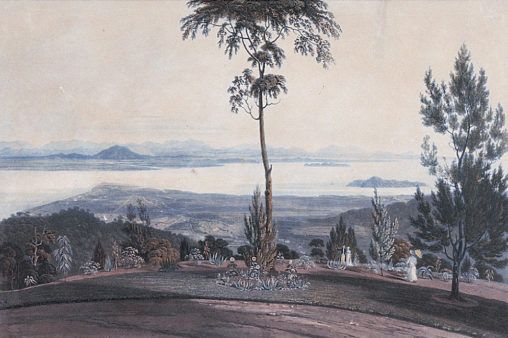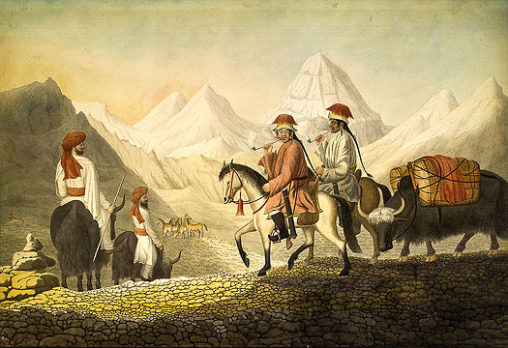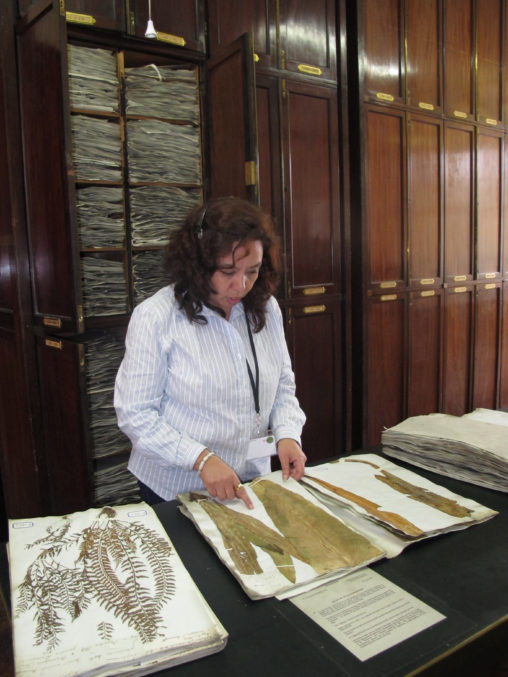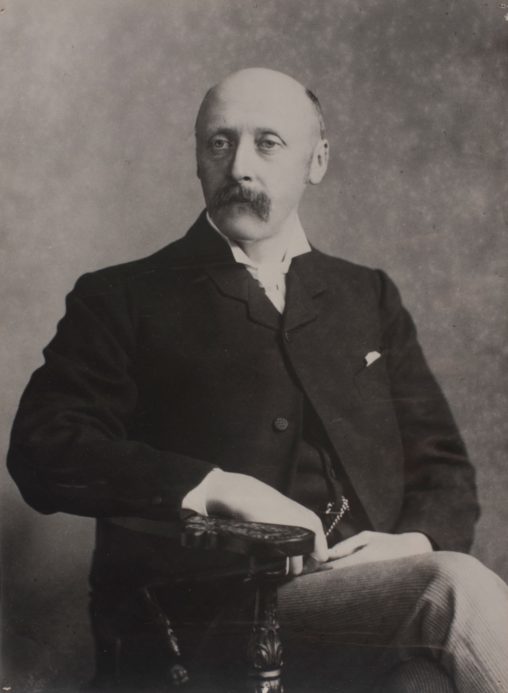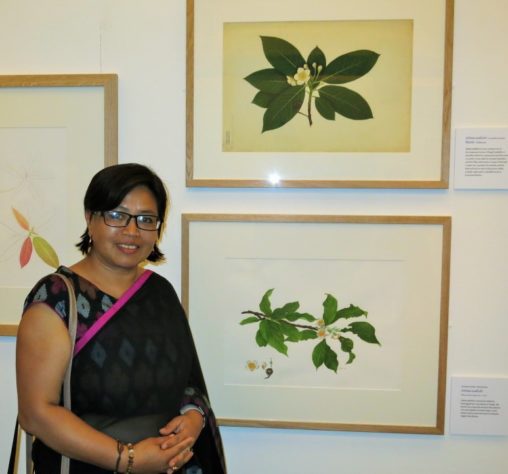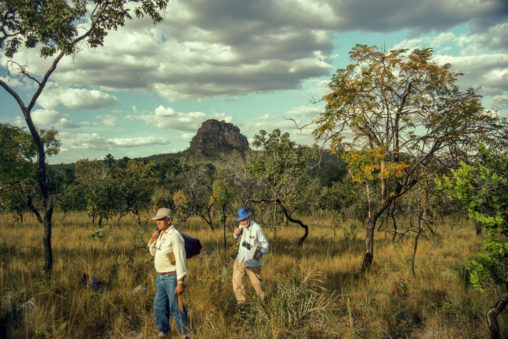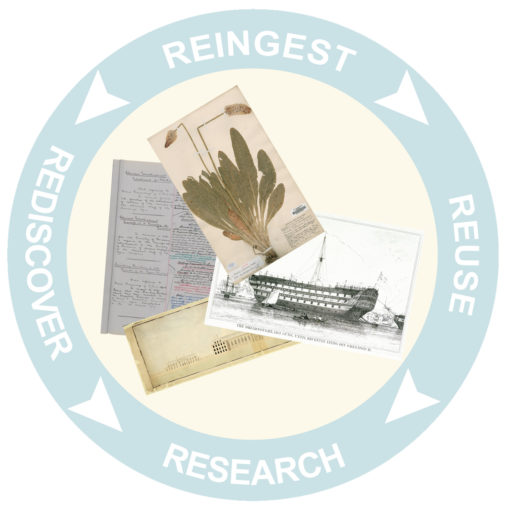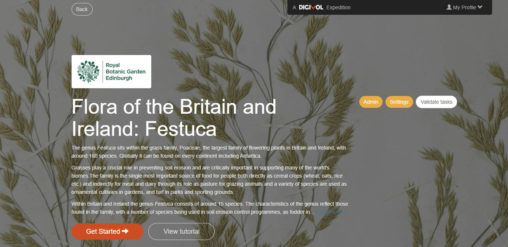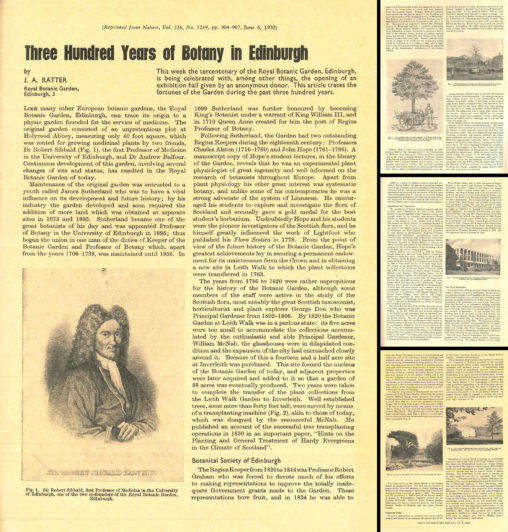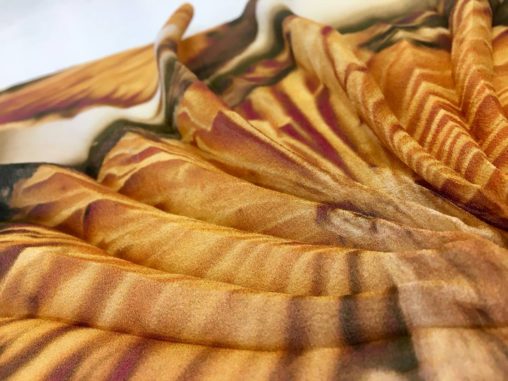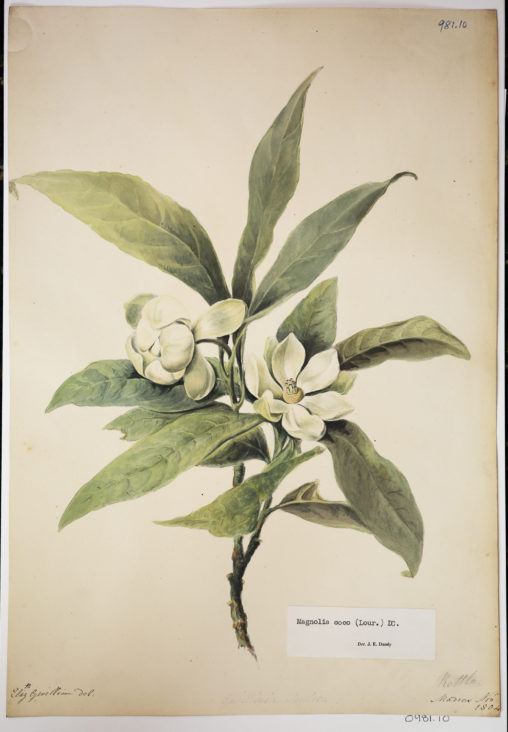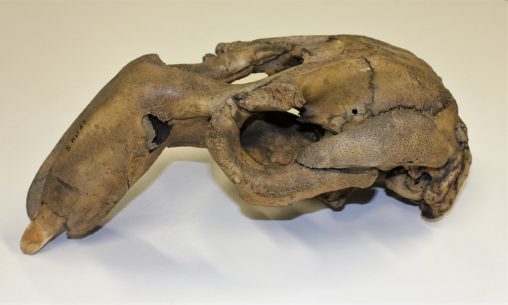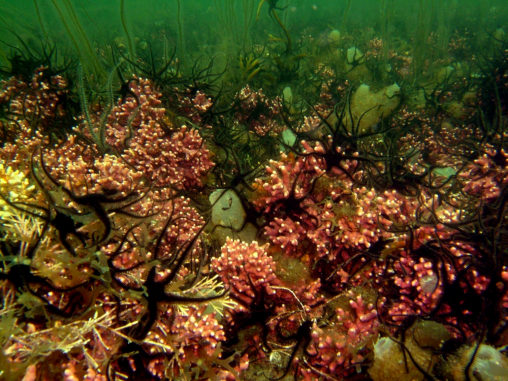Category: SciencePage 13 of 36
Latest science blog posts from the Royal Botanic Garden Edinburgh
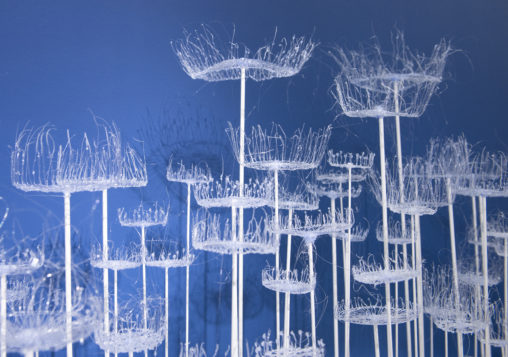
In March 2020, RBGE was due to host ‘Closing the Loop’ in partnership with Applied Arts Scotland – a workshop for makers exploring environmentally sustainable approaches to materials and making, to complement the Think Plastic exhibition in the John Hope Gateway. However, the temporary closure of the Garden, due to COVID-19, shifted this workshop into the virtual realm. The title of this discursive workshop ‘Closing the Loop’ drew on the Ellen MacArthur Foundation’s concept of circular economies, as described by the Ellen MacArthur Foundation.

